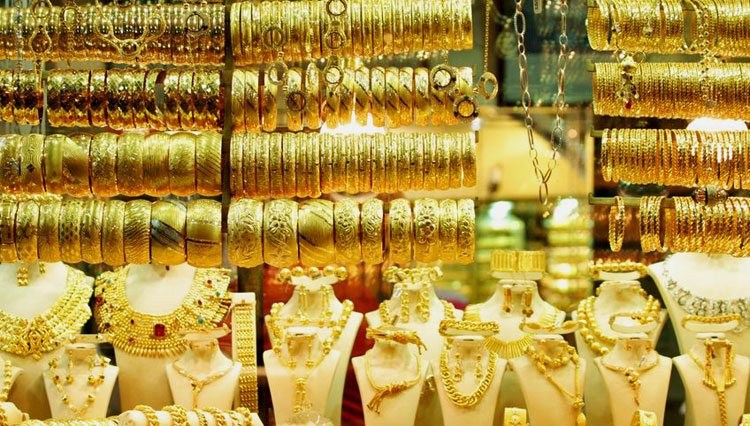
Trying to predict the price of gold is notoriously difficult.
It’s made hard by the wide range of factors that impact gold prices on an almost daily basis.
Gold is a commodity. It’s also an investment vehicle. And it’s used to make jewelry.
On top of that, it is owned by the ton by the world’s central banks as a hedge against threats to their currencies.
And while the price of gold is no longer pegged to the value of any individual currency – as it once was to the U.S. dollar – it is impacted by currency fluctuations; particularly with regard to the dollar.
With so many influences on its price, it’s a fool’s a game to pretend you can predict where the price of gold is going next.
In spite of that, various self-appointed pundits will cross their hearts and swear blind their predictions are correct. They’ll even show you all the times they got it right.
The trouble is, they don’t tell you all the times they got it wrong.
If they did, you’d find in most cases you could have done just as well yourself by flipping a coin.
If all that’s true… why am I saying there is a time you can buy gold and see the price rise?
Good question.
The answer is that you can make a reasonable accurate prediction on gold prices based not on fancy technical calculations, but on something as simple as seasonality.
In a nutshell, gold prices almost always start going up each July in anticipation of increased demand by jewelers, particularly in India.
Remember, about two thirds of all gold produced goes towards making jewelry.
And demand for jewelry in India peaks during the time of year when weddings are most popular – in the fall – and also during Duwali, the festival of lights, which takes place between mid-November and mid-December.
Meanwhile in China, gold coins are often given as gifts during their New Year Celebrations in January or February each year.
And although we are not as prolific here in the West when it comes to giving and wearing our wealth in the form of gold, even western demand for gold goes up in anticipation of the holiday season.
All this means jewelers in particular start stocking up in July of each year.
And that surge in demand pushes prices up.
Do I have any evidence to support this claim of seasonality in gold prices?
Sure I do.
The folks at Seasonax – a service that helps financial professionals identify and evaluate the seasonal patterns of any asset or asset class – tell us buying between July 6 and February 14 resulted in a positive return for the gold price in 15 of 20 cases.
That means gold prices go up between July and February 75% of the time.
Those are pretty amazing odds.
I don’t actually buy and own gold as a mean to make a quick profit. I own gold as a hedge against bad things happening in the future. I own it to protect myself and my family.
BUT… I certainly have no objection to buying low. When I do that it means that if and when I need or choose to sell, I will have at least covered my storage costs. And hopefully I will have made a little more on top. Maybe a lot more.
Gold pricing is hard and complicated. Seasonality is mercifully simple.
In short, if you’re going to be buying gold over the next 12 months, your best bet is to buy it now, before the price starts rising.
Further reading:
6 Good reasons to own gold coins or gold bars.
Storing gold – at home, in a safety deposit box, or with your dealer.



Very well explained. Good Article to ponder.